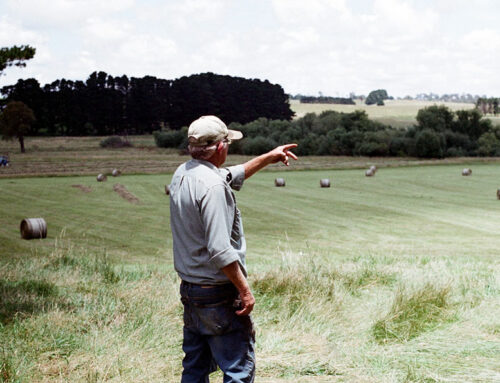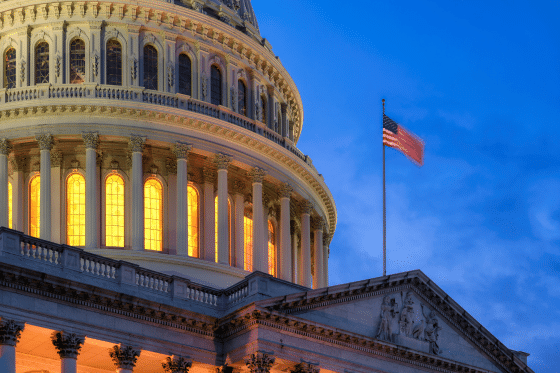With time running out on the 115th Congress, House and Senate Agriculture Committee leaders are busily trying to find agreement on two wildly divergent farm bills. Like college students waiting to the last minute, a last minute farm bill is likely to lead to sloppy work and poor choices. But unlike a bad grade on a poorly written essay, a lame duck farm bill could cost billions in poorly directed subsidies while making life harder for actual farmers.
The Ag Committees have a history of misusing disasters, economic anxiety, and legislative crises to push harmful farm bills. In 2011 Ag Committee leadership pointed to their farm bill’s fake $16 billion in spending reductions as a reason to shoehorn their bill into the Super Committee working (ultimately unsuccessfully) on deficit reduction – even though that bill’s “savings” were paired with a projected cost of nearly $1 trillion in spending. The next year they tried again, using drought and the farm bill’s projected $3.67 billion in disaster aid (spread over ten years) as an excuse to pass the same trillion dollars worth of programs. Just this spring, cotton and dairy interests obtained $1.2 billion in new subsidies by latching onto the Bipartisan Budget Agreement.
Now some committee members and leadership are trying to use a lame duck legislative session to saddle taxpayers with an even lamer farm bill. One that not only fails to tailor farm programs to the needs of farmers but actually blows open loopholes allowing people to farm the Treasury.
Much of the 2018 farm debate has centered on disagreements over how to modify the Supplemental Nutrition Assistance Program (SNAP). But the most consequential changes center on efforts to undo 30 years of Congressional progress on tailoring farm safety net programs to benefit, well, farmers.
Still up in the air is whether Congress will strengthen common sense payment limits for farm bill commodity programs. The Senate version of the 2018 Farm Bill includes a provision from Senator Grassley (R – IA) to close a loophole that allows farm businesses to claim an unlimited number of “managers” to qualify for taxpayer subsidies. These “managers” are eligible for up to $125,000 annually in farm subsidies—or $250,000 for a married couple. Even if they have never stepped foot on the farm. And the Government Accountability Office recently reported that 25 percent of all recipients of farm subsidies reported zero hours of actual labor on the farm. Factions on the conference committee are also defending an effort to add first cousins, nieces, and nephews to the list of family members that qualify for this taxpayer-subsidized no-show employment.
You can’t run a farm outside of Boise from Boca Raton, yet millions of dollars in farm safety net payments go to people living in cities every year. In fact 20,000 residents in the nation’s 50 largest cities received farm subsidies last year. And a few hundred of them have received a payment every year for the last three decades. It’s these kind of loopholes that make farm bills cost more than they appear. The ironically framed “shallow loss” farm income subsidy programs created in the 2014 farm bill are already on pace to cost $20 billion more than originally projected. Opening these programs to every distant relative who chooses to farm by Facetime will only make this even worse.
When the 2014 Farm Bill was signed, lawmakers proudly claimed they were saving taxpayer dollars. There are savings from the 2014 farm bill. They just aren’t from programs that subsidize the incomes of agricultural businesses. Spending reductions have overwhelmingly occurred in programs designed to help poor families purchase food and programs aimed at achieving environmental objectives.
Agricultural special interests, including cotton, dairy, and pecans have repeatedly secured additional agricultural income subsidies. These actions have dramatically increased spending on agricultural income entitlement programs since passage of the 2014 farm bill. And this spending will continue to rise as lawmakers tap the Treasury for ad hoc disaster dollars and the administration shells out hush money to cover losses from its trade war.
With our nation’s debt nearing $22 trillion and annual deficits exceeding $1 trillion on the horizon, we cannot afford to continue such egregious policies that do not take into account taxpayer investment. It’s time Congress does their job and focus on creating an ag safety net that benefits everyone instead of special interest loopholes and gimmes. If they can’t do it, then let the 116th Congress do what the 115th couldn’t.










